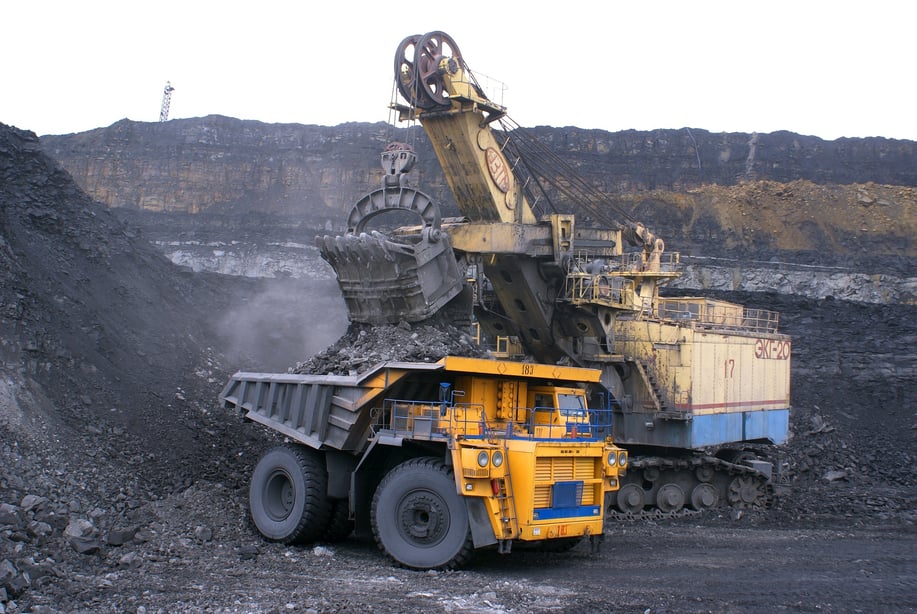Canadian mining corporations are active in over 100 jurisdictions around the world, including South America, Africa, and Asia. As they have expanded their operations to other regions of the world, they have come to rely heavily on local supply chains and contractors they are often not familiar with.
These regions around the world have their own safety compliance standards and regulations that workers and employers are governed by and can be vastly different from what is expected in Canada. Complying with these different requirements adds another layer of complexity to supplier and contractor management. But, regardless of where their mining operation is located, keeping local workers safe is a moral obligation that Canadian firms should strive to fulfill.
Safety a Challenge at Operations Abroad
Cognibox’s new whitepaper, Zero Harm: 7 Key Insights for a Safer Workplace for Contractors, consolidates thought leadership from senior health and safety experts overseeing complex and dangerous operations in mining, mineral extraction, and pharmaceuticals for some of the largest corporations in the world. Many are Canadian mining firms operating domestically, and across the globe with project sites in the U.S., Mexico, Russia, and other countries across Central and South America, Asia, and Africa. Globally, these organizations employ more than 200,000 workers, directly and indirectly.
Several of the occupational health and safety experts interviewed for Zero Harm identified difficulties in maintaining a strong safety culture at operations overseas. “At times, the company is required through national or regional laws and regulation to use the local workforce, which is not always fully qualified. This puts worker safety at risk. Choosing a contractor in an established mining community like Sudbury, Ontario, is less of an issue. However, when working in an area like Africa, it becomes a challenge.”
Nowadays, developing countries often lack rigorous safety regulations and controls. Even when these policies do exist, they are often not enforced.
- In Pakistan, five miners died in October in two different coal mining accidents. This follows nine deaths in September when another coal mine caved in. Between 100-200 labourers die on average each year in coal mining accidents alone.(1)
- Just recently in Johannesburg, South Africa, five mineworkers died in an onsite accident. So far this year, 74 workers have died in mines across the country, an upward trend. The country’s authorities attribute the fatalities to complacency, poor supervision, and production pressures.(2)
- In just one Guyanese village, 14 people have died in 2018 in mining accidents.(3)
Using Canadian Values to Protect Worker Lives Overseas
A growing trend is the application of Canadian occupational health and safety standards abroad. This is a very important and positive step. Canadian companies that operate abroad will be pushed much more by investors, customers, and wider society into implementing Canadian policies in all their activities abroad.
Many industry associations, such as the Mining Association of Canada, are playing a proactive role in helping their members to raise standards for safety around the world. Having one industry approach helps to provide greater consistency for companies and contractors, making it easier to comply.
“The local population is becoming more aware of worker rights, and beginning to question why Canadian companies don’t apply the same standards to worker and environmental protection in their international sites as they do domestically,” said the health and safety director of a pharmaceutical company. “The government of Canada will also be pressured to respond appropriately,” she added.
With changing norms that place significant emphasis on social issues, including worker safety, human rights, and environmental protection, having a robust safety culture across all sites is also critical in safeguarding business reputation.
Looking for more information on contractor management and safety?
Contractor management and safety is an important subject in many industries. From mining to energy to pharmaceuticals, creating a safe workplace for contractors is paramount, not just for worker health, but for business success as well.
Our new whitepaper, Zero Harm: 7 Key insights to consider in creating a safer workplace for contractors, is built on the perspective and experience of health and safety leaders. It discusses challenges and reflections and offers solutions and best practices on how to improve worker health and safety.
- https://tribune.com.pk/story/1825230/1-dangerous-business-five-miners-die-two-different-coal-mine-accidents/
- https://www.iol.co.za/news/south-africa/limpopo/five-miners-killed-while-mine-safety-summit-gets-underway-17558213
- https://www.stabroeknews.com/2018/opinion/editorial/10/19/mining-deaths-and-ggmcs-responsibility/





